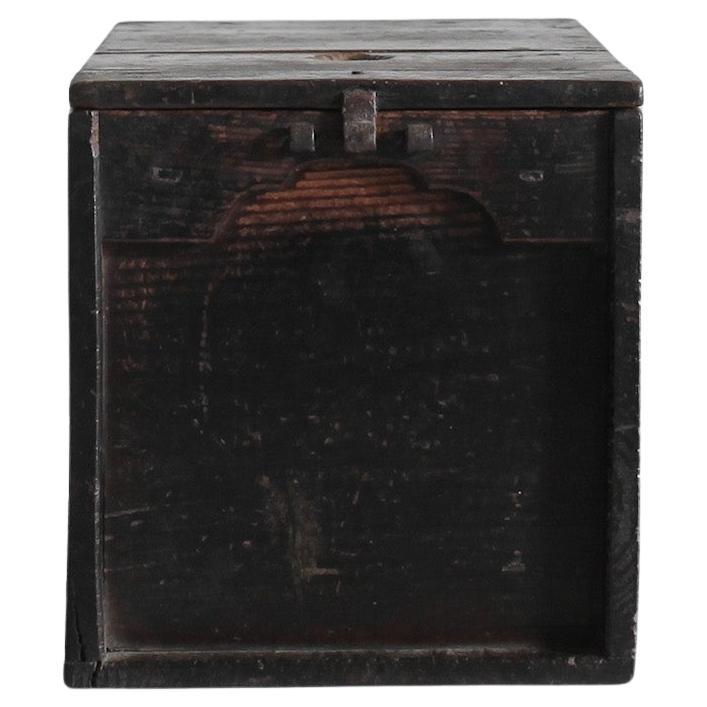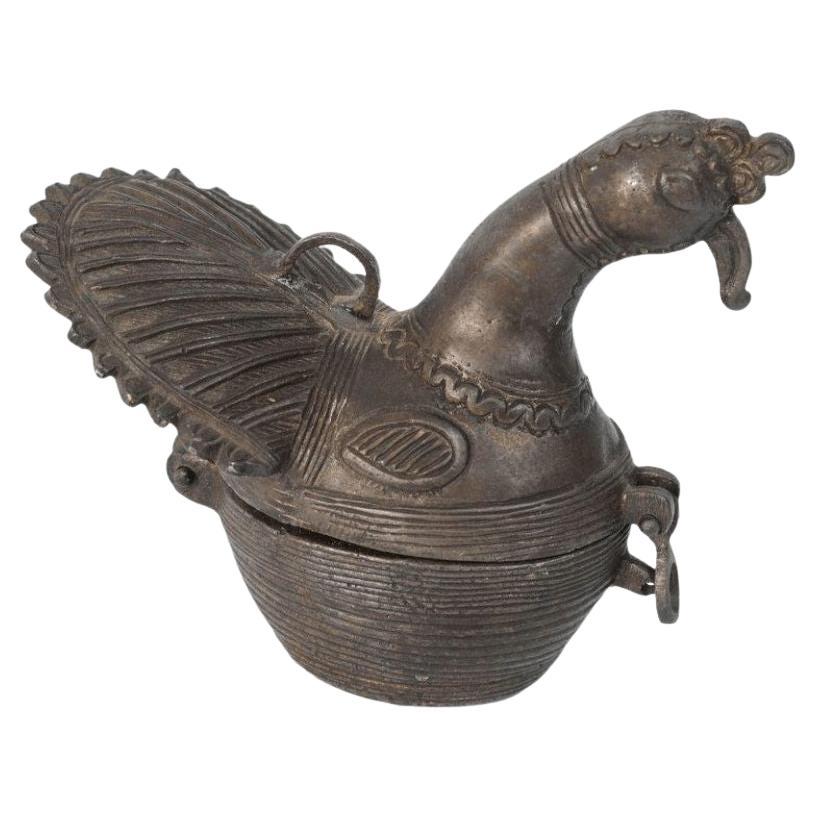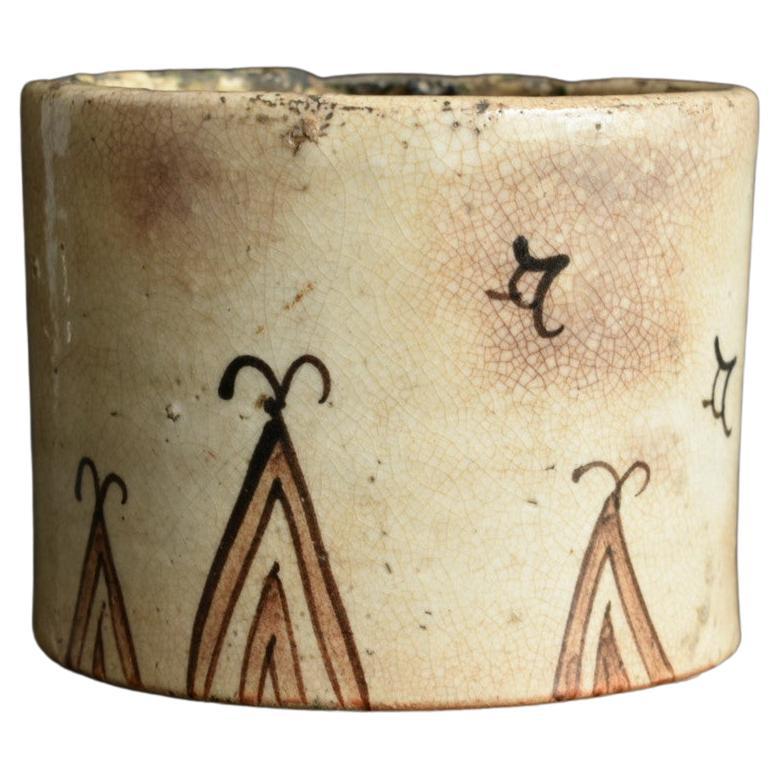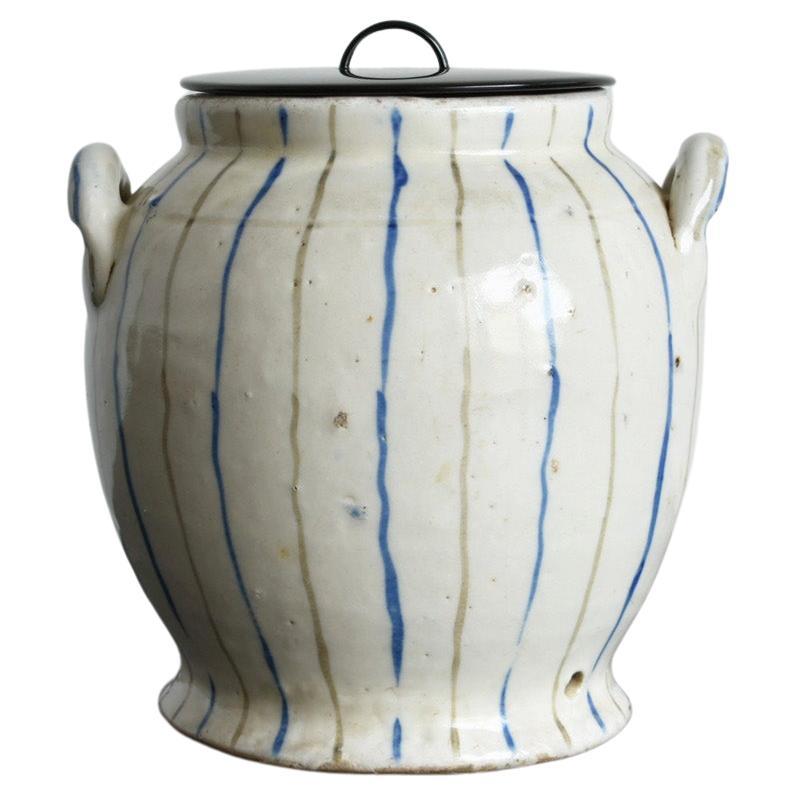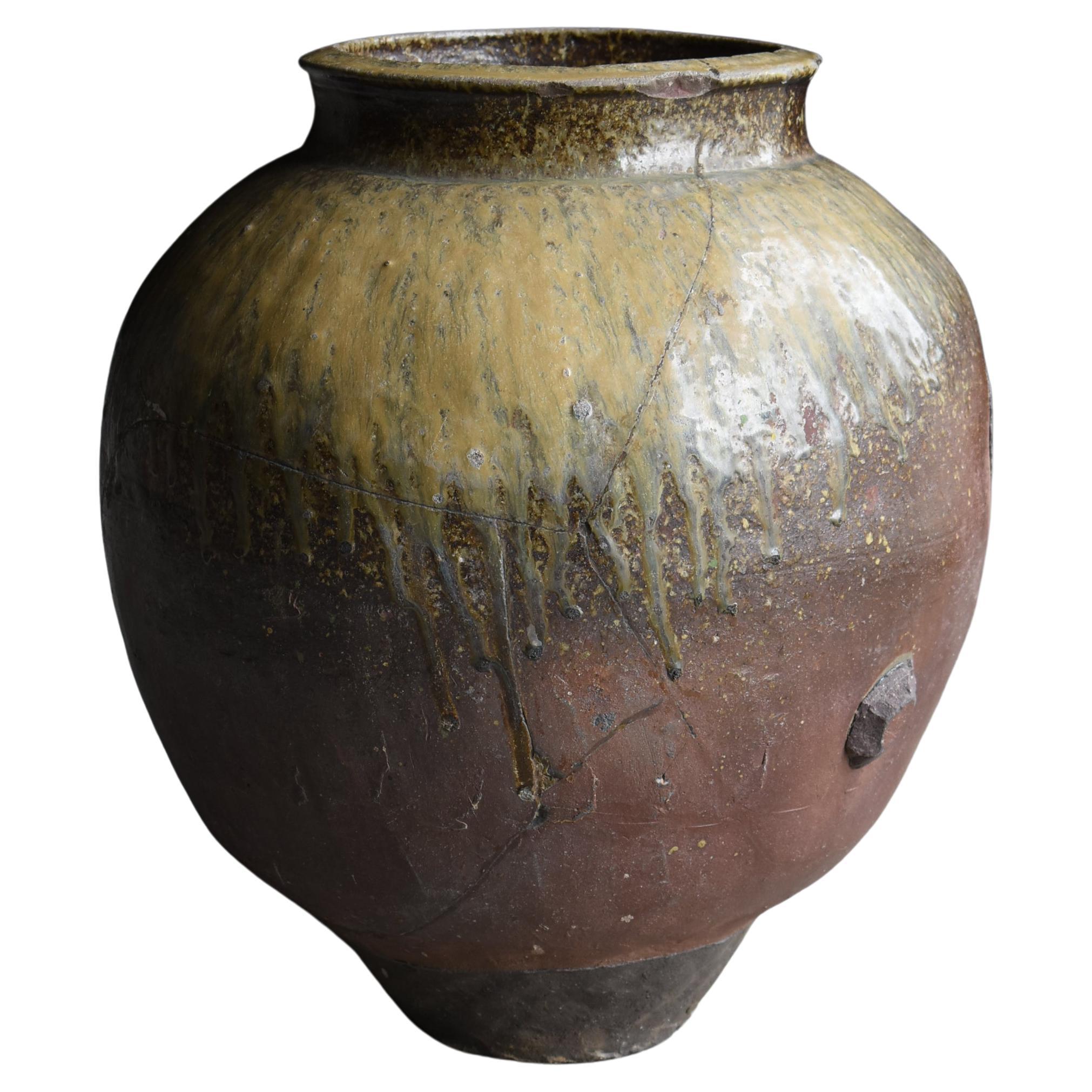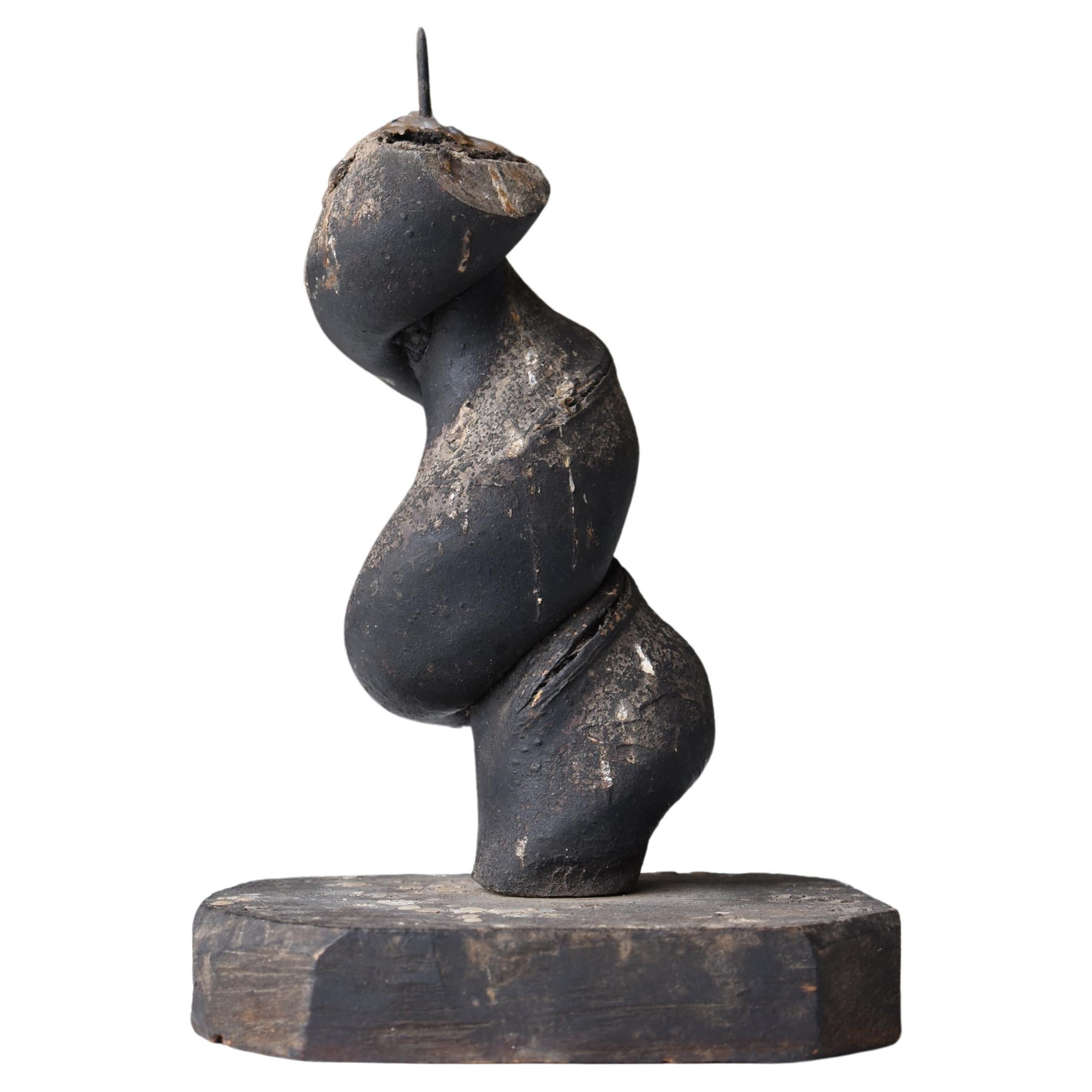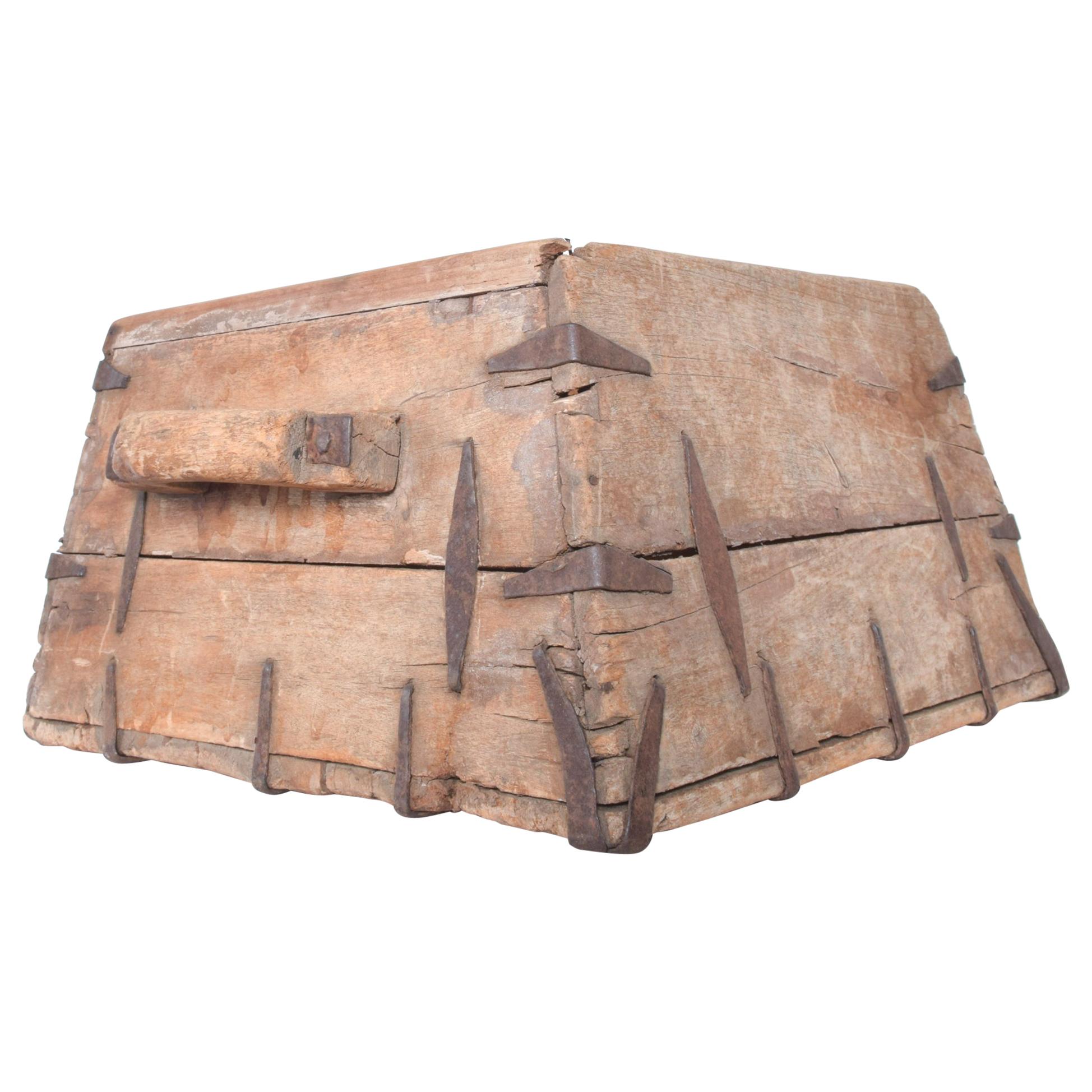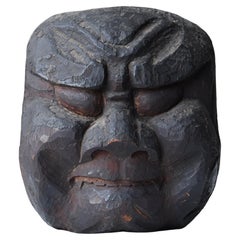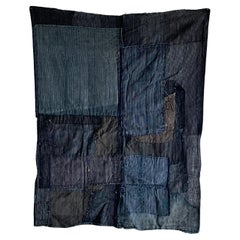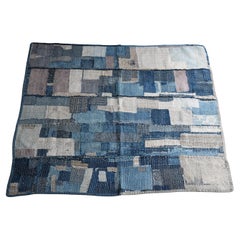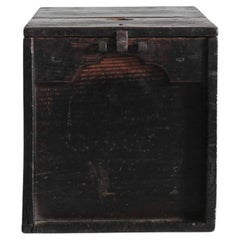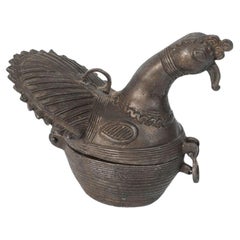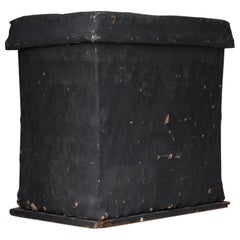
1800s-1900s Edo Period Japanese Antique Box Folk Art Wabi Sabi
View Similar Items
Want more images or videos?
Request additional images or videos from the seller
1 of 11
1800s-1900s Edo Period Japanese Antique Box Folk Art Wabi Sabi
About the Item
- Dimensions:Height: 28.75 in (73 cm)Width: 29.53 in (75 cm)Depth: 20.08 in (51 cm)
- Style:Edo (Of the Period)
- Materials and Techniques:
- Place of Origin:
- Period:
- Date of Manufacture:1800s-1900s
- Condition:
- Seller Location:Sammu-shi, JP
- Reference Number:1stDibs: LU5487222115432
About the Seller
5.0
Platinum Seller
These expertly vetted sellers are 1stDibs' most experienced sellers and are rated highest by our customers.
Established in 2015
1stDibs seller since 2020
1,113 sales on 1stDibs
Typical response time: 4 hours
More From This SellerView All
- Japanese Antique Wooden Mask 1800s-1860s / Mingei Wabi Sabi Sculpture Folk ArtLocated in Sammu-shi, ChibaThis is a very old Japanese wooden mask. In Japan, it is called "Kamado-gami". It was made during the Edo period (1800s to 1860s). It is hand-c...Category
Antique Late 19th Century Japanese Edo Sculptures and Carvings
MaterialsCedar
- Japanese Antique Rag "BORO" 1800s-1860s / Abstract Art Wabi SabiLocated in Sammu-shi, ChibaThis is a very old Japanese rag. This cloth has been used since the Edo period (1800s-1860s) to carefully and carefully mend bedding. It is a piece that shows the beauty of use very ...Category
Antique Late 19th Century Japanese Edo Textiles
MaterialsLinen
- Japanese Antique Rag "BORO" 1800s-1860s / Abstract Art Wabi SabiLocated in Sammu-shi, ChibaThis is a very old Japanese cloth. It is from the Edo period (1800s-1860s). It has been used with great care to survive the harsh winter cold. Size 1420mm x 1350mm This is a thicke...Category
Antique Mid-19th Century Japanese Edo Textiles
MaterialsFabric
- Japanese Antique Black Storage Box 1800s-1860s / Tansu Sofa Table Wabi SabiLocated in Sammu-shi, ChibaVery old Japanese black storage box. Made in the Edo period (1800s-1860s). Material is cedar wood. A drawer storage is attached to the lid. Ver...Category
Antique Late 19th Century Japanese Edo Sofa Tables
MaterialsCedar
- Japanese Antique Candle Stick 1800s-1860s / Wabi Sabi Object FigurineLocated in Sammu-shi, ChibaThis is a very old Japanese candlestick. It is from the Edo period (1800s-1860s). The material is cedar. It was found in an old farmhouse. It has a very unique shape. It is an exce...Category
Early 20th Century Japanese Edo Candlesticks
MaterialsCedar
- Japanese antique painted pottery / "Eseto" / Edo period, 1800s / AshtrayLocated in Sammu-shi, ChibaThis is a pottery called Seto-yaki, which was fired in Seto, Aichi Prefecture, Japan. Seto is a kiln with a long history in Aichi Prefecture, Japan. (Seto kilns are marked with red c...Category
Antique 19th Century Japanese Edo Vases
MaterialsPottery
You May Also Like
- Beautifully Worn Late Edo Period Wabi Sabi "Safe"Located in London, GBA Beautifully Worn Late Edo Period Wabi Sabi "Safe"/Storage box. Originally used to store money & valuables. Heavily patinated cedar & chestnut. Perf...Category
Antique 19th Century Decorative Boxes
MaterialsChestnut, Cedar
- 1900s Folk Art Patinated Bronze BoxLocated in North Hollywood, CAThis is an antique patinated bronze sculpture of a stylized form peacock. Used as a betel box or tobacco opium box. Produced using the traditional 'lost wax'...Category
Antique Late 19th Century Indian Decorative Boxes
MaterialsBronze
$675 / item - Japanese Edo Period Igarashi School Long Lacquer Box, Tanzaku-BakoLocated in Austin, TXA stunning Japanese Edo period lacquer tanzakubako, box for poem cards, late 18th-early 19th century, Edo Period, Japan. Attributed to the Igarashi School, this box is masterfully ...Category
Antique Early 19th Century Japanese Edo Lacquer
Materials24k Gold
- Japanese Lacquer Maki-E Scroll Box Fubako by Kansonsai Edo PeriodLocated in Atlanta, GAA Japanese lacquered wood fubako (a box to store document or small scroll painting) circa late 18th century of Edo period. The rectangular box features a deep lid with rounded corners and recessed mid-edge and a lower box with two bronze medallion rings and tasseled silk ties. The surface of the fubako was elaborately decorated with hiramaki-e and a low takamaki-e on a mottled Mura-nashiji background. The motifs on the lid depict branches of Japanese pine with finely rendered needles on the lower part; on the upper part, it showcases fruited persimmon branches. Two different shades of gold fundame were used to contrast the design and augmented by scattered gold kirigane to highlight some of the leaves. The design continues and cascades down to all sides of the lid as well as the walls of the box. The two bronze medallions appear original to the box and the silk ties show significant fading from the age. This Fine fubako is signed on the lower wall "Kanshosai" in Kanji with a kao mark. All the trims were finished in gold fundame and the interiors a dense nashiji in gold. Kanshosai is the mark of the distinguished lacquer artist Lizuka Toyo I who also signed his work "Toyosai". He was active in the second half of the 18th century during Edo period, employed by Hachisuka Shigeyoshi (1738-1801), daimyo of Awa on Shikoku Island. Although most survived work bearing his marks are inros, he was also known to decorated trays and other larger objects...Category
Antique Late 18th Century Japanese Edo Lacquer
MaterialsWood, Lacquer
- 1800s Antique Wood and Forged Iron BoxLocated in Chula Vista, CAFabulously aged antique wood box with handles. Box is adorned with patinated metal trim pieces and forged iron nails. No maker stamp pre...Category
Antique 19th Century Unknown Modern Decorative Boxes
MaterialsMetal, Iron
- 1800s Distressed Antique Box Leather and Red SilkLocated in Chula Vista, CAWonderfully distressed Leather Box Antique Catchall Bucket Distressed Leather and Red Silk 1800s Reinforced double stitching, brass grommets, vintage metal lock and footed base. 14 t...Category
Antique 19th Century American American Colonial Decorative Boxes
MaterialsBrass
